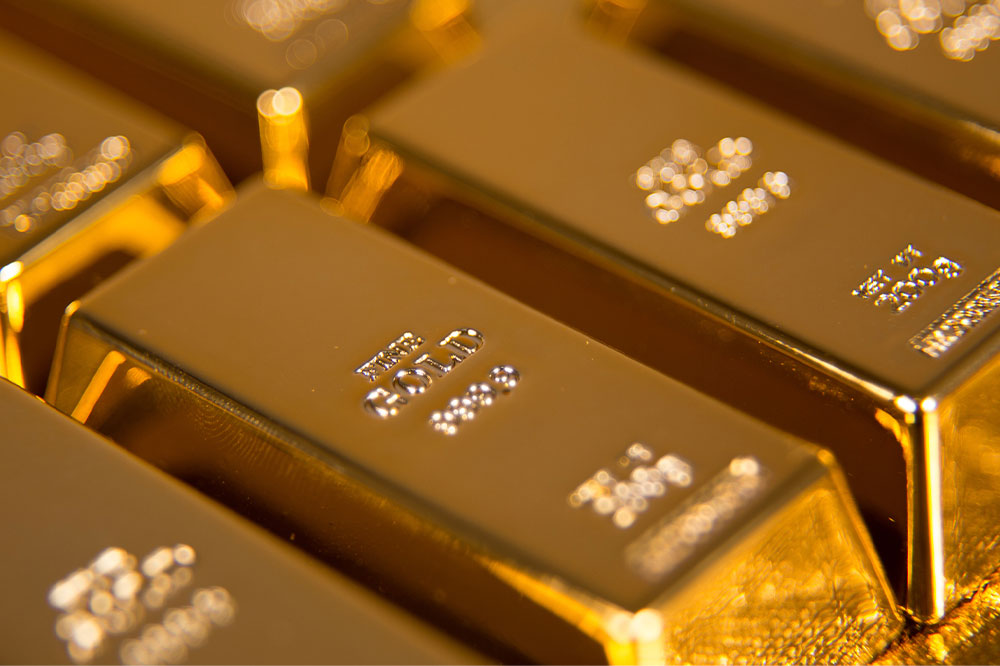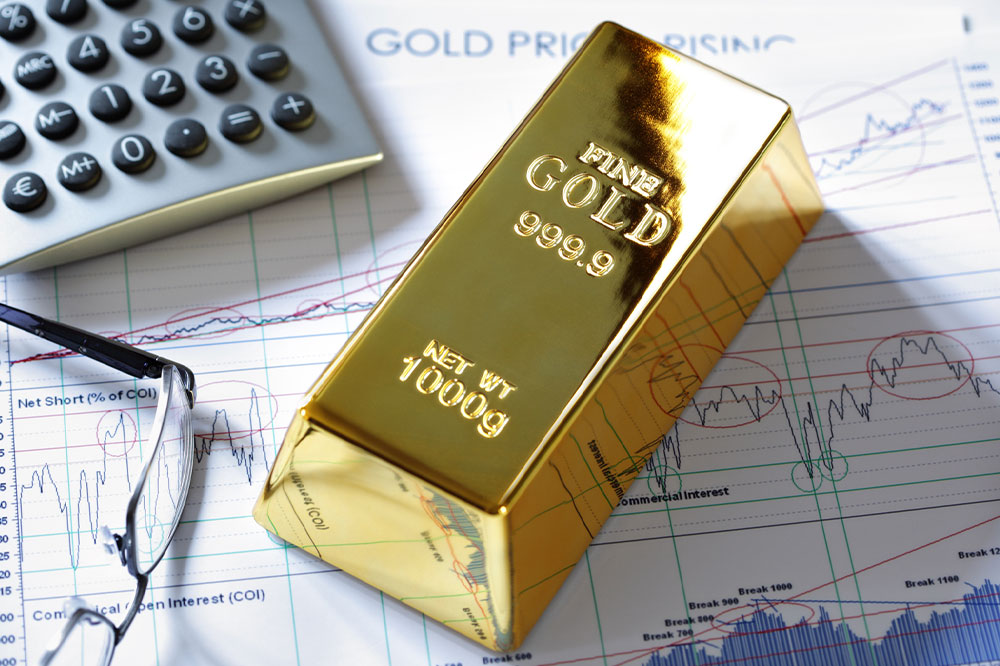18 essential factors to consider before investing in precious metals

Investing in precious metals has held appeal for individuals seeking to diversify portfolios. Precious metals such as gold, silver, platinum, and palladium have historically maintained intrinsic value, making them a sought-after asset class. However, before delving into the world of precious metal investments, it is crucial to understand the nuances and factors that can significantly impact investment decisions. This article delves into key aspects to grasp before embarking on precious metal investments.
Types of precious metals
The term “precious metals” encompasses a range of metals, with gold and silver being the most popular. Platinum and palladium also come under this category, albeit less commonly traded. Each metal possesses unique properties and applications, influencing market dynamics and value. Thus, one should research the different types of precious metals and possess sufficient knowledge before investing in them.
Intrinsic value
Precious metals are valued for their utility, beauty, and rarity. Unlike other assets, they possess intrinsic value not reliant on the performance of a specific company or government. This inherent worth provides a degree of stability to investments. Understanding the intrinsic value of different precious metals is essential to deciding what precious metals to invest in.
Price volatility
While precious metals are often considered safe-haven investments, their prices can still exhibit high volatility.







